By Joseph Luster
I love shooters as much as the next adrenaline-pumping gamer; it’s practically a requirement if you want some kind of interactive war experience outside of strategy titles. However, sometimes it takes more to really breathe life into a historically bloated sub-genre, and Pandemic Studios’ The Saboteur provides just that: a lively take on Nazi-occupied France that goes for much more than the headshot.
That’s not to say that The Saboteur doesn’t have shooting in it. Oh no, there’s plenty of running and gunning and blowing things up. It’s the setting and the characters that make it special, and this goes hand in hand with the freedom given to tackle a red-hot case of revenge in any way one pleases.
Simple Objectives Gradually Progress
Irishman Sean Devlin has his own personal grudge against the Nazis, not for a lack of reasons to despise them in the first place. He’s tough-as-nails, but he’s not your average battle-hardened protagonist. His fighting experience mostly comes from bar fights, and his true skill lies in his work as a mechanic and, as we experience for ourselves in the game’s Prologue, a racer. If this background sounds familiar at all, it’s because Devlin is based on William Grover-Williams, Grand Prix driver and special agent for the Special Operations Executive in France.
Sean’s real trouble with the Nazis comes about pre-invasion, during a heated race in the Saarbrücken that ends with the villainous Kurt Dierker shooting out Sean’s tires and claiming a nasty and dishonest victory. When Sean and his friend Jules tail Dierker after the race, they’re swiftly captured and, long story short, Jules is executed right before Sean’s eyes. This serves as the catalyst for all that follows, eventually ushering Sean into the resistance in France, where he takes on the Nazis with explosive results.
This is also where the freedom begins, and missions start popping up as Sean’s circle of allies grows and grows. Objectives start out simple enough; one character agrees to help after you’ve procured a vintage bottle of wine from the claws of the Nazis, where it would no doubt go grossly unappreciated. The scale gradually ramps up, though, and for the most part the pacing stays as tight as the player prefers it.
Comparisons to Grand Theft Auto
Those first few hours may honestly be the best, but that says more about what they accomplish narratively. The way the developers deftly switch from an introduction to the resistance to a harrowing prologue is about as impressed as I’ve been with a game of its kind. The events that trigger it all could have easily been presented in a cutscene, or as drawn-out dialogue, but Pandemic puts you inside the race that got the gears turning, making the pivotal impetus for revenge incredibly effective. It ensures the player will want to see the game through to the end and kill Kurt Dierker with his or her bare hands.
It’s tough not to mention Grand Theft Auto IV when talking about The Saboteur, though bringing up a GTA game in the sandbox arena isn’t nearly as necessary today as it was a few years ago, as the genre has long since come into its own. Still, there are a number of specific comparisons one could draw, and it’s really a matter of taste as to which game does what better, be it driving, shooting, or the shaking of female rumps.
Speaking of which, the game comes packed with a download code that removes the pasties from the red-light district’s finest strippers. Tasteless? You be the judge!
Most stark in contrast to GTA is the relative lack of minutiae to mull over and consider tackling between story missions. There aren’t girlfriends to juggle, and there aren’t really a ton of tiny errands to distract from the main story. To some this could be a con, but I’m one of those weirdos that enjoys open-world games but doesn’t enjoy infinite options, side-quests and irrelevant detours. Some will argue that The Saboteur just doesn’t pack as much content as Pandemic’s other open adventure, Mercenaries 2, but the story is strong enough to keep you moving from mission to mission without too much for yearning.
Not the Game for Subtlety
With that in mind, there’s still a lot one can do in occupied territory, some of which serves to make things easier on Sean and other members of the resistance. This largely consists of sabotaging Nazi installations, ranging from guard towers to alarms. There’s a staggering amount of these things scattered around the map, though, so it’s going to take either the truly dedicated or the criminally bored to dispose of them all.
This sounds about as glowing as could be, but a few aspects of The Saboteur bog down what would otherwise be a completely excellent title. The entirety of the map isn’t overwhelmingly huge by any means, but it can take some time to traverse it, even by auto. This can become a hassle when the person you need to meet up with is in the French countryside and you’re smack dab in the middle of the city, even more so when they just tell you a few things before sending you off to meet … back in the city. Some kind of fast-travel mechanic would likely kill the atmosphere, but I’d be lying if I didn’t chant for its inclusion a few times.
It also takes absurd finesse to be subtle, which is odd for a game that employs so many stealth elements. The developers would love for players to sneak Sean in and out of buildings like a cat, but the otherwise braindead guards are outfitted with some kind of superhuman senses that will almost certainly raise alarms and give way to reckless shooting. It sometimes seemed like the “coolness” of my character was undercut whenever I was forced to come blazing out of a restricted area in a ragtag vehicle while Nazis chased me to what should have been “Yakety Sax.” Victorious? Yes. Stealthy and slick? Not by a longshot.
A Memorable Visual Style With Great Delivery
Anything that detracts from the game is quickly forgotten thanks to all the good it brings to the table, and this is something that came in at the tail end of a year with plenty of solid entries in the genre. The visual style is instantly memorable, with heavily occupied areas depicted in black and white, save for the burning red of Nazi flags and insignias. Once crucial missions are cleared in these parts of town, they flood with color like Okami or, more recently, Ubisoft’s Prince of Persia. The way these two styles blend is seamless, and adds a ton of character to what could have been a fun but drably decorated outing.
It’s kind of refreshing to play a game that isn’t padded with content just for the sake of length. Sean’s story is solid, and the setting is something we don’t normally see in World War II games; especially not with this delivery. It also makes for a chunky cross-media double feature with Inglorious Basterds if you’re really feelin’ in the business of killin’ Nazis. Need I divulge that business is, indeed, good?
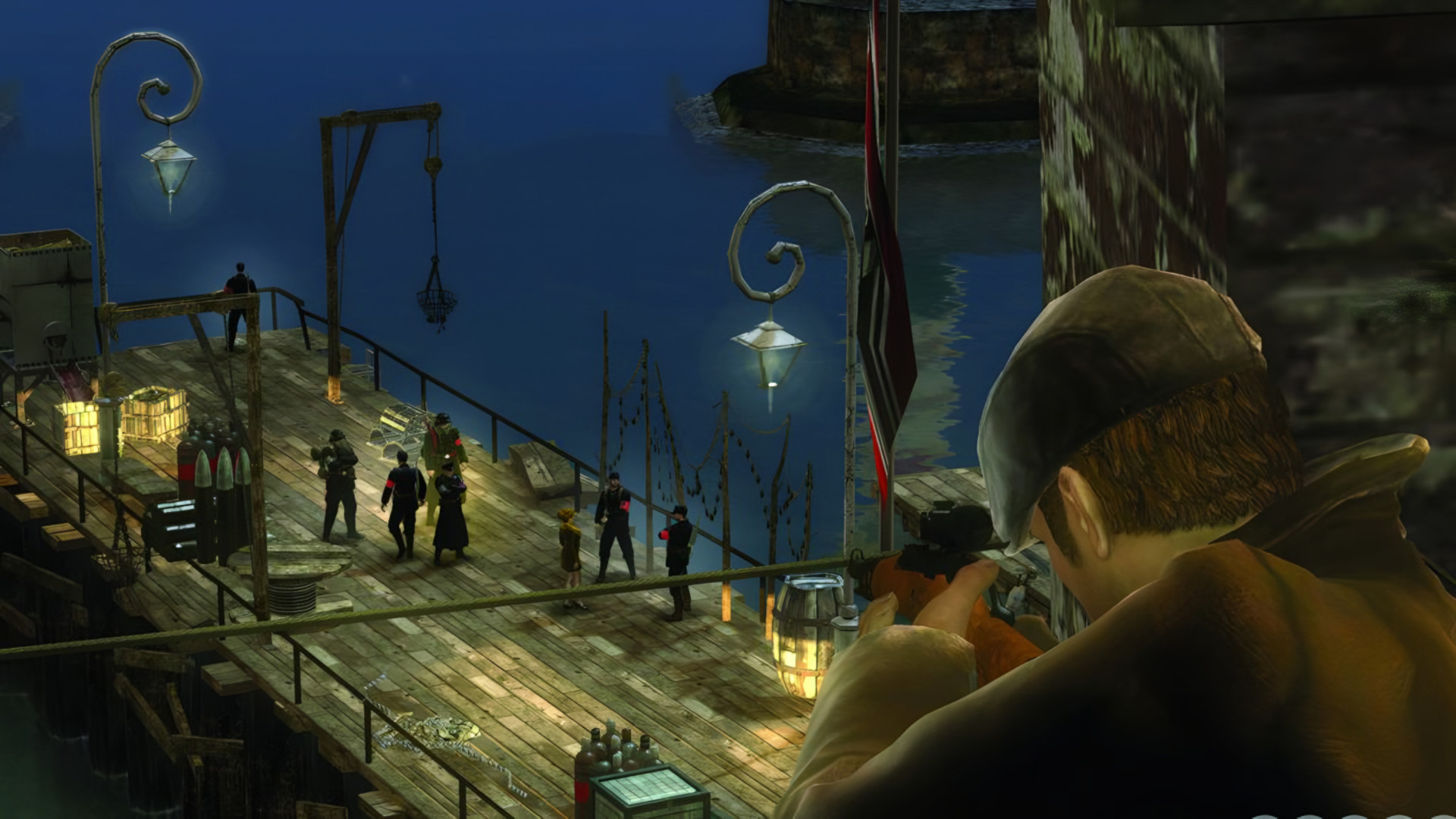
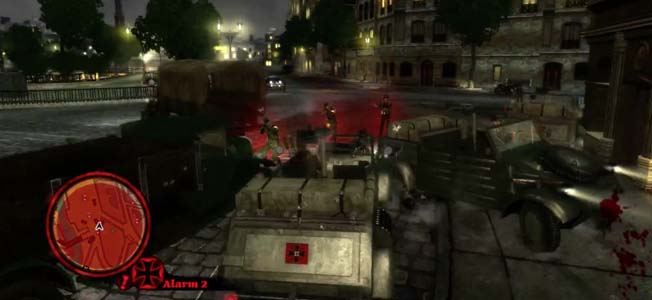

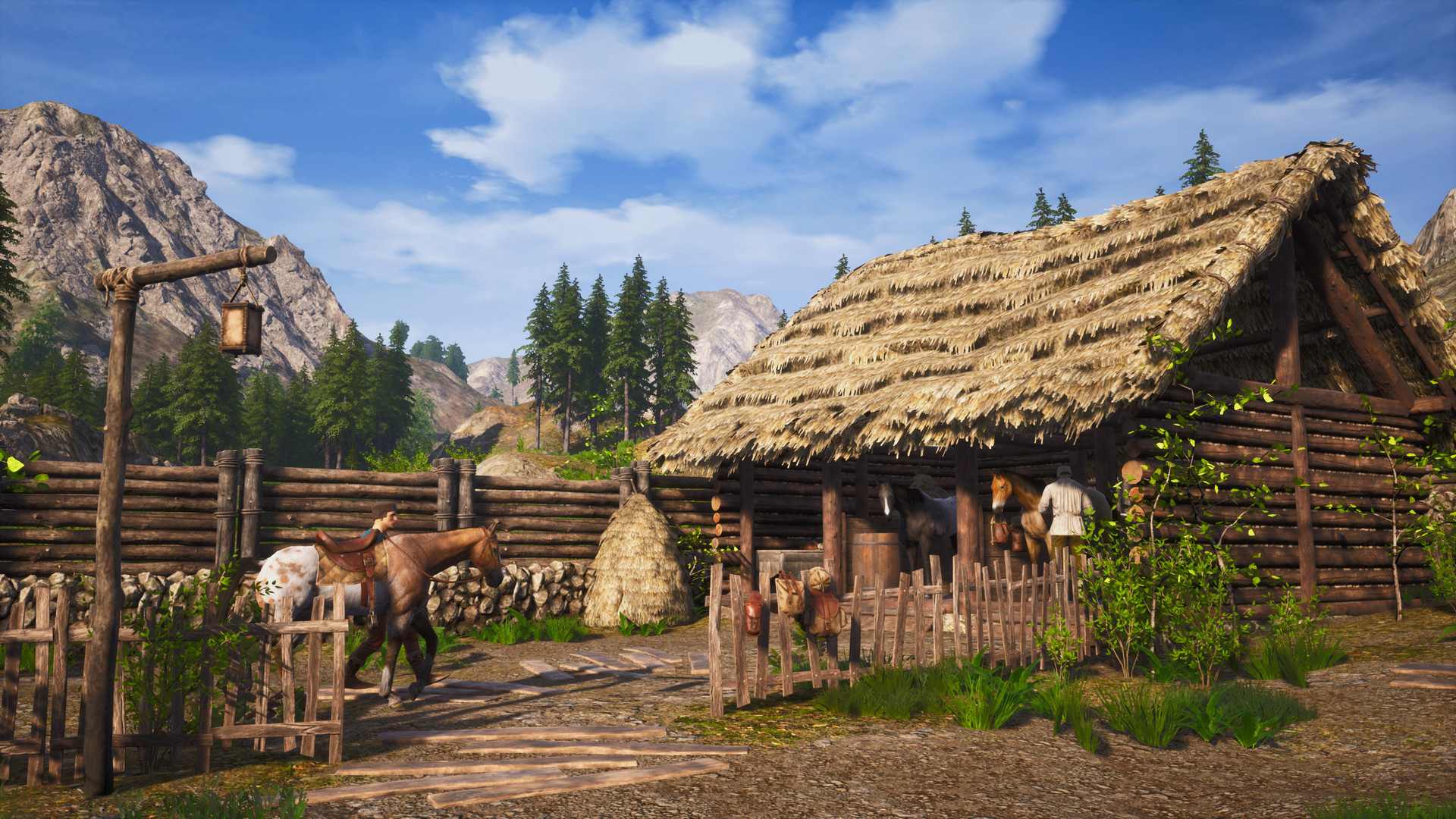
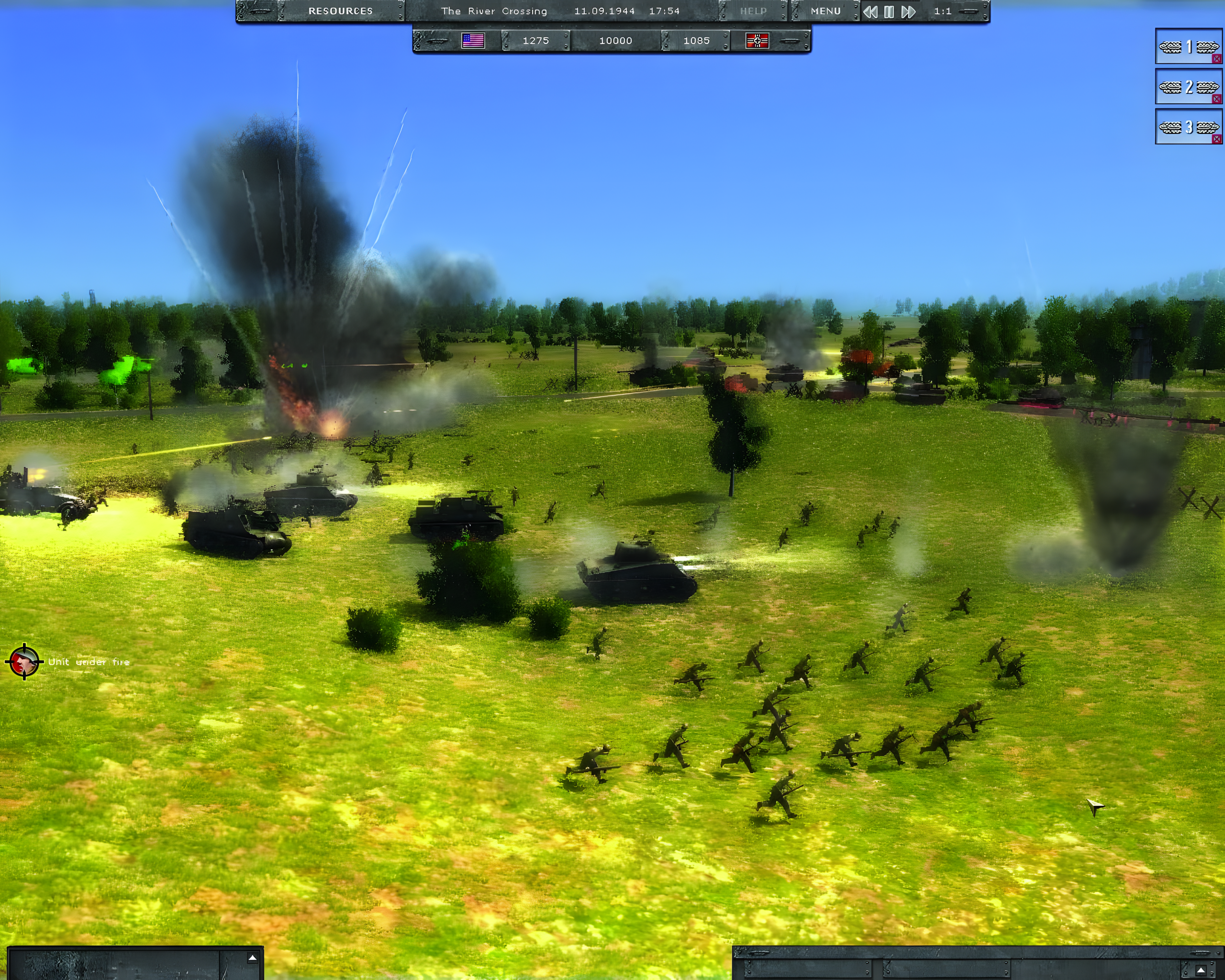
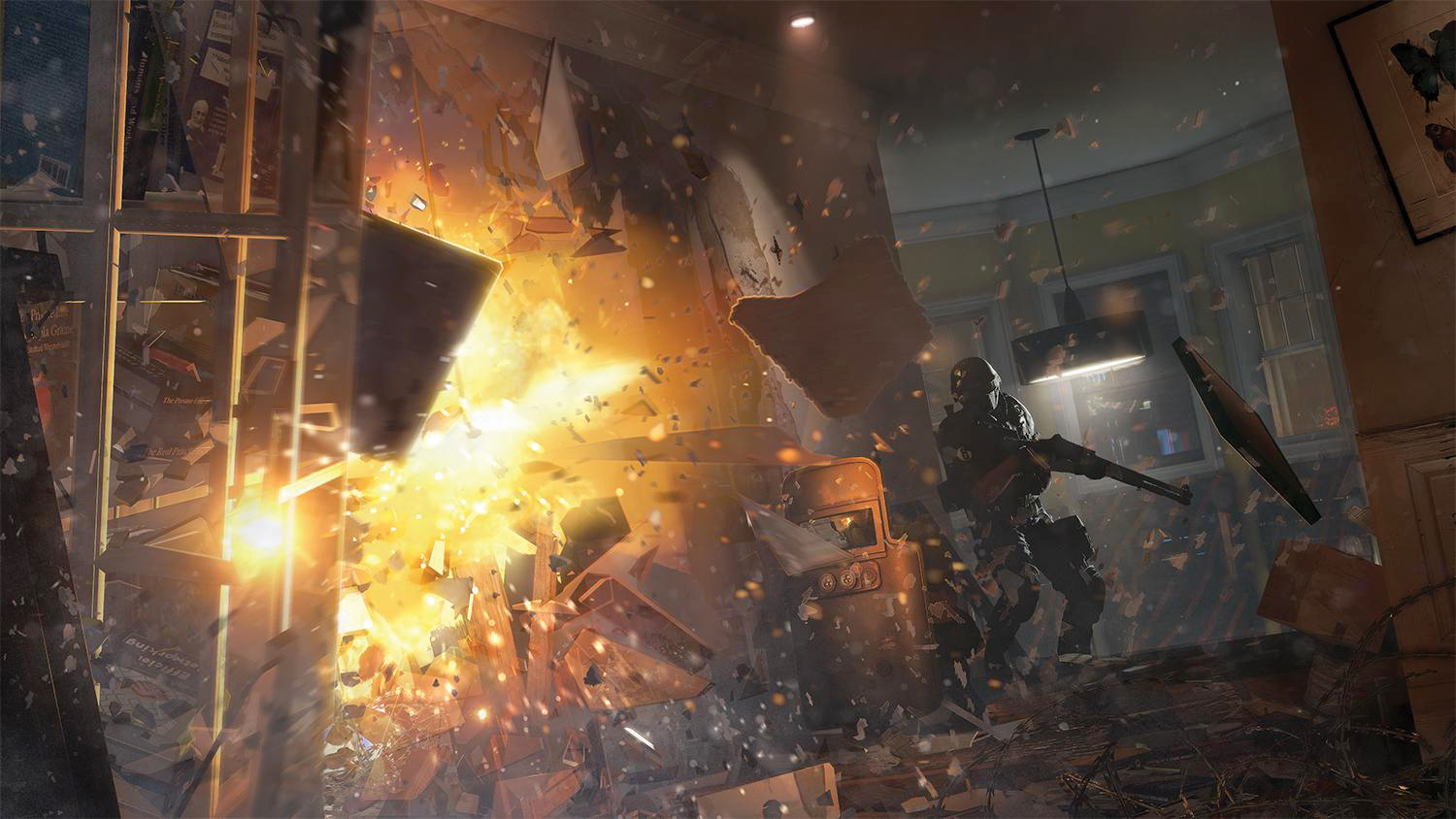
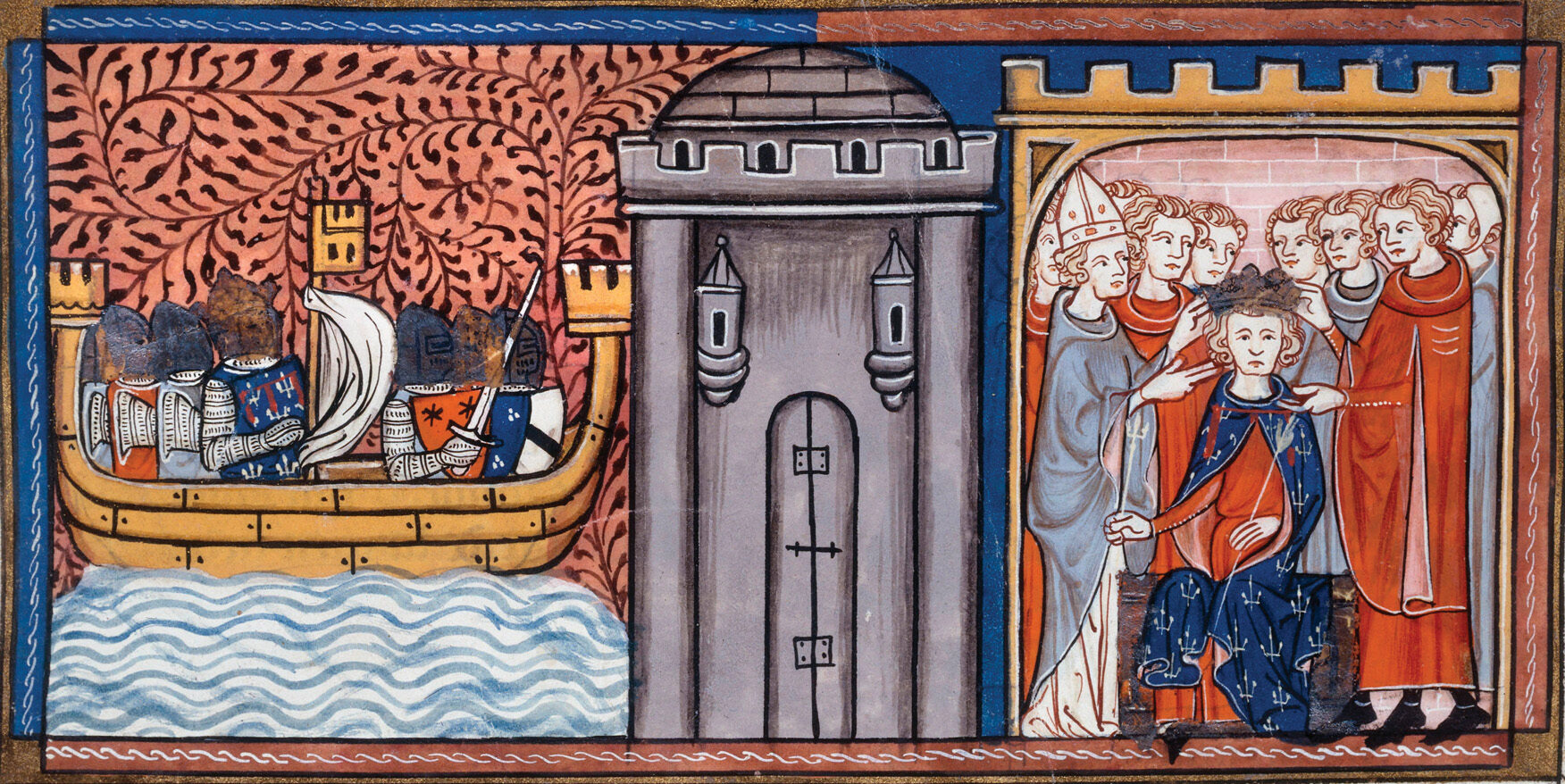

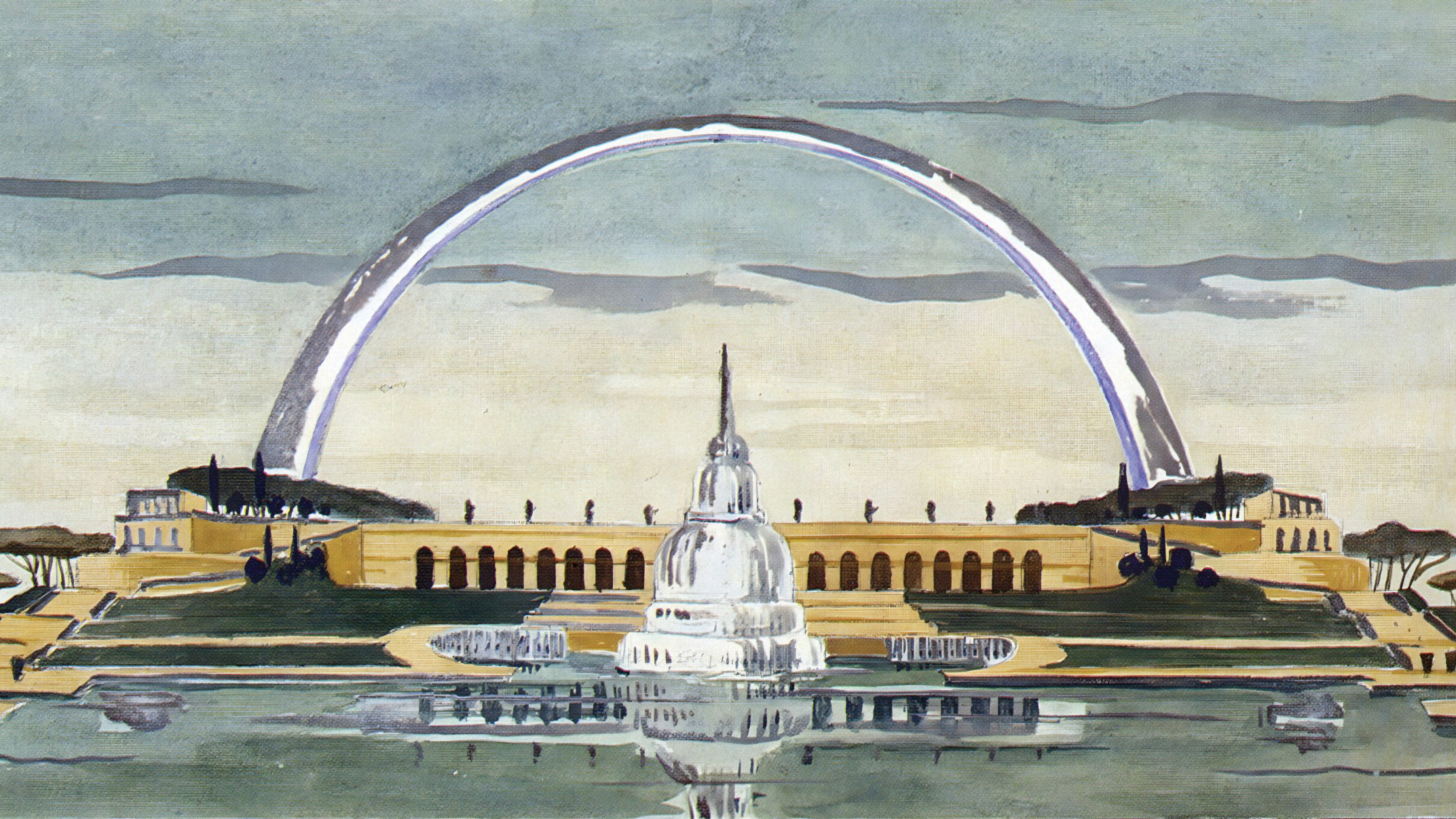
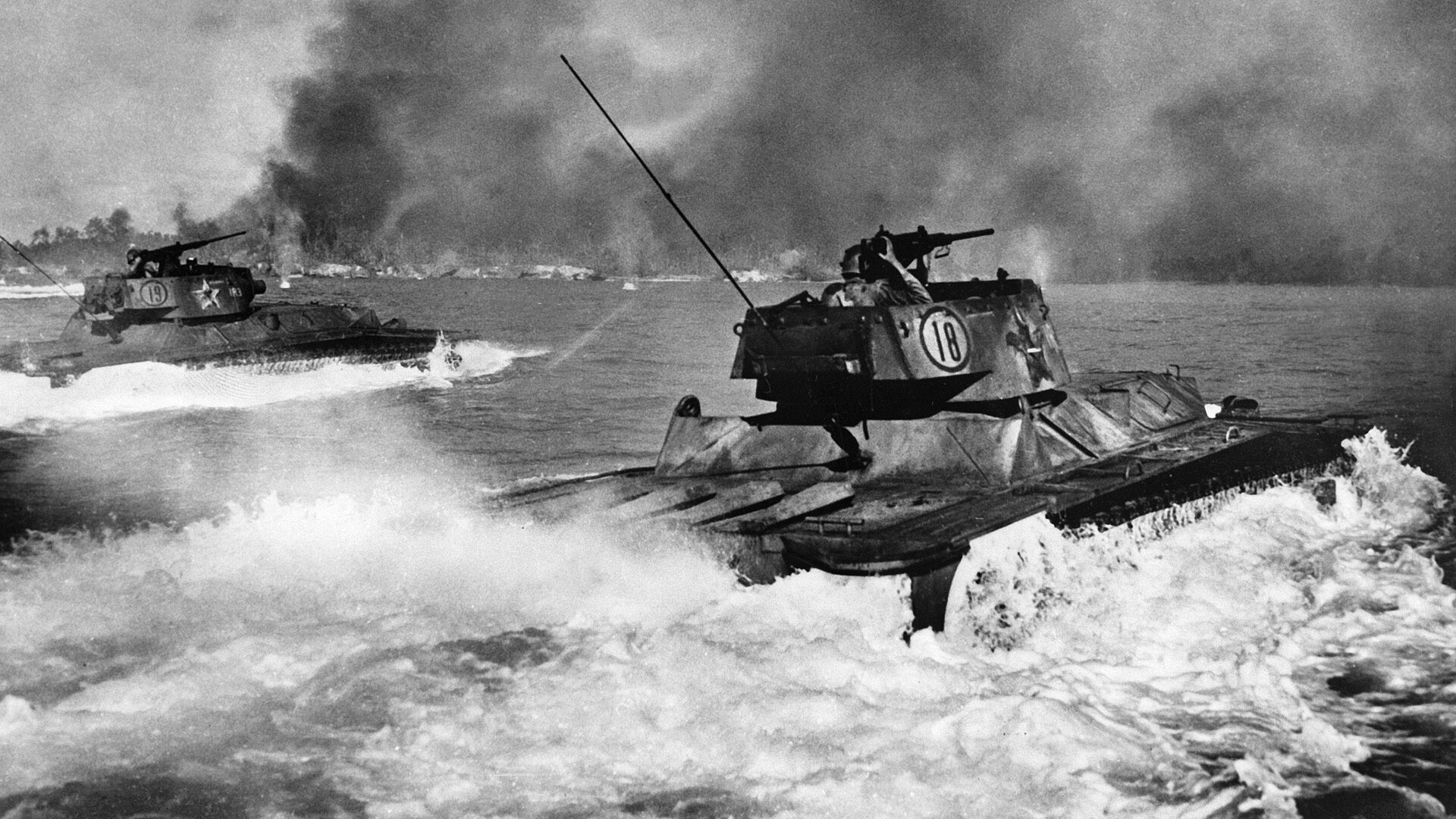
Join The Conversation
Comments
View All Comments